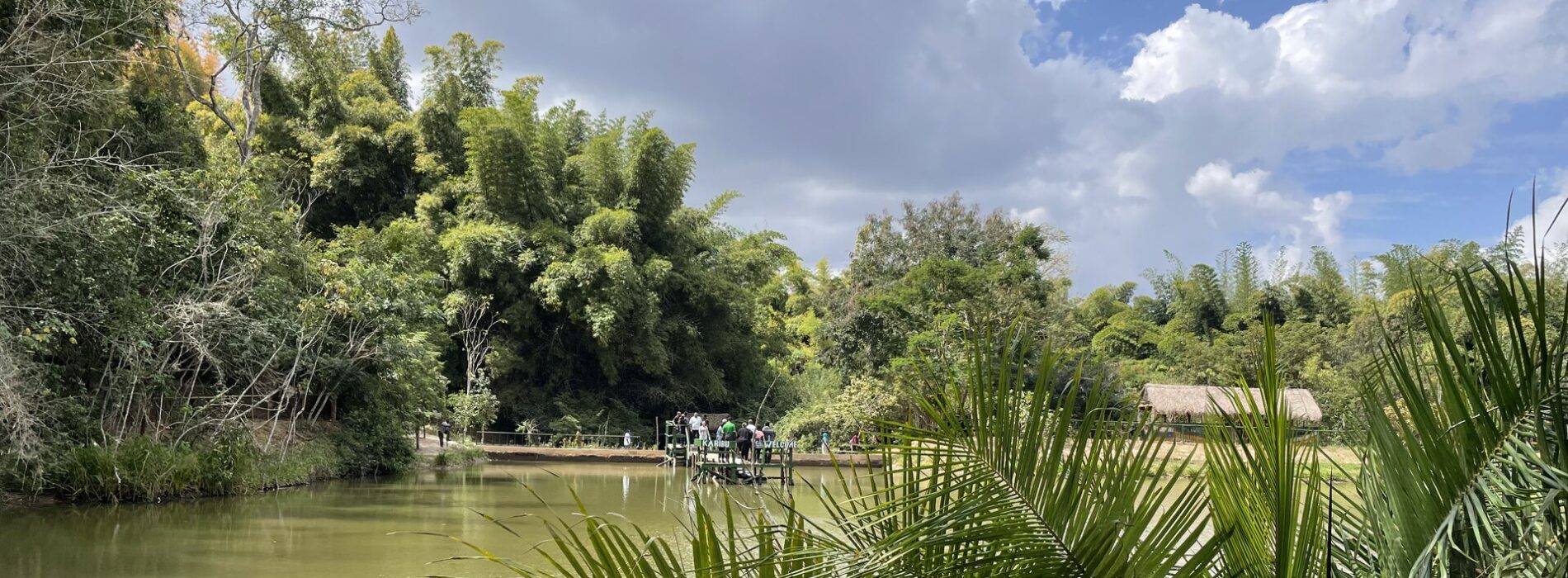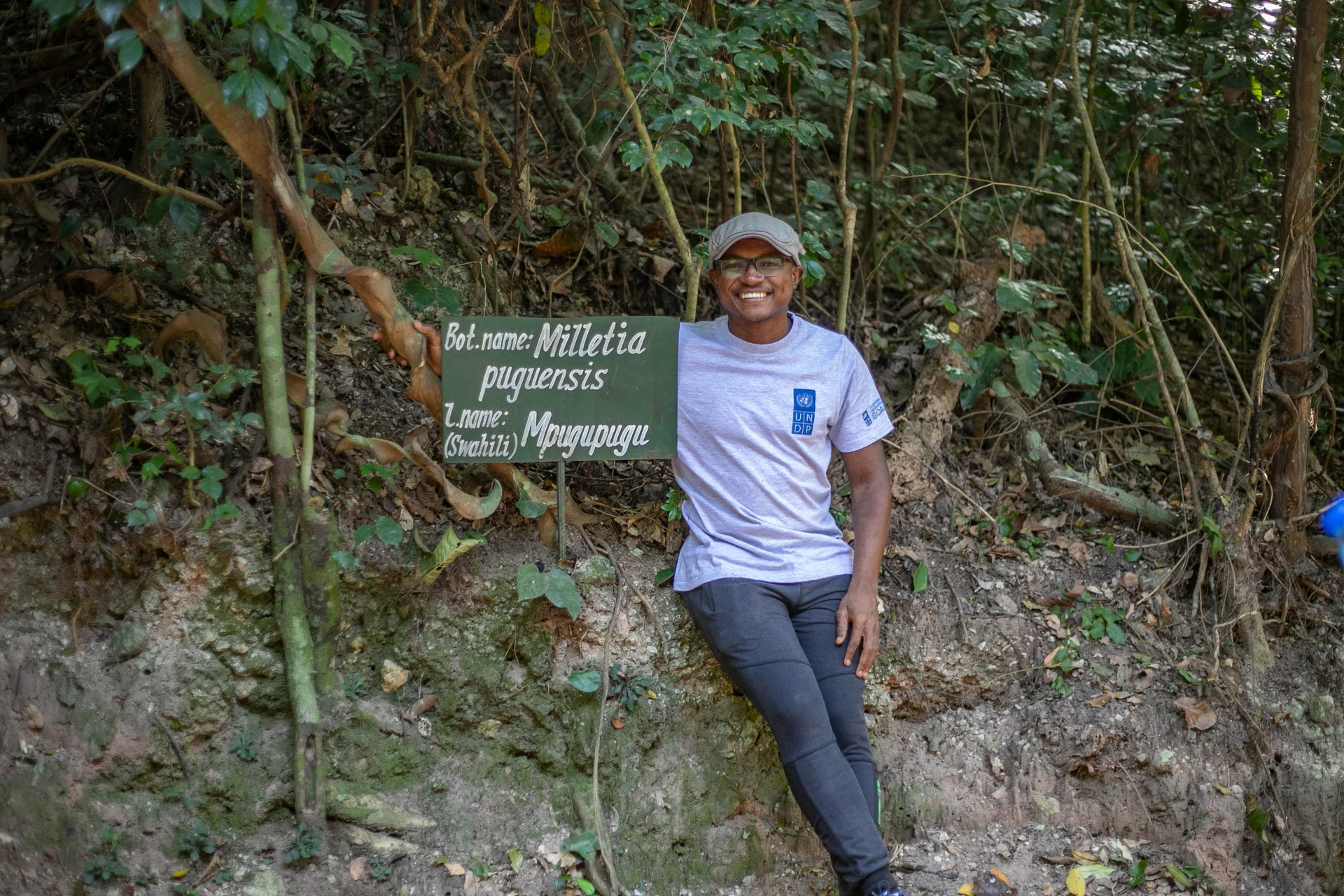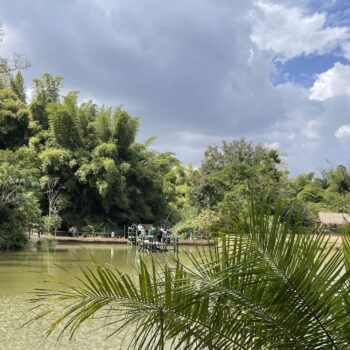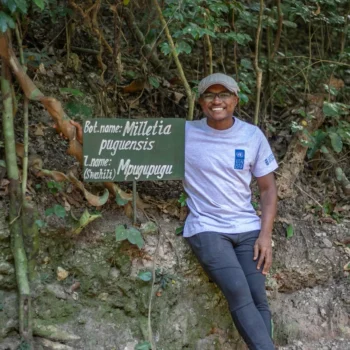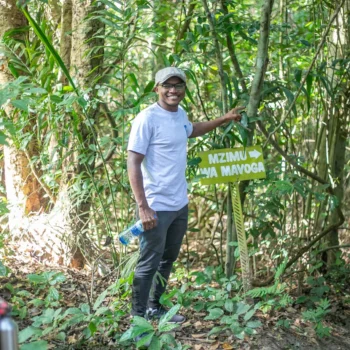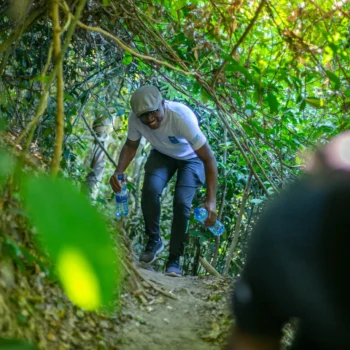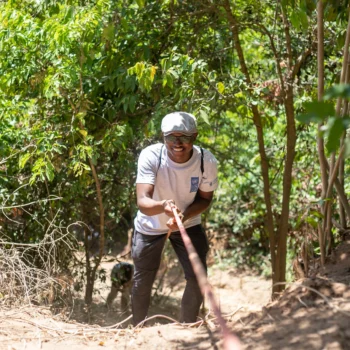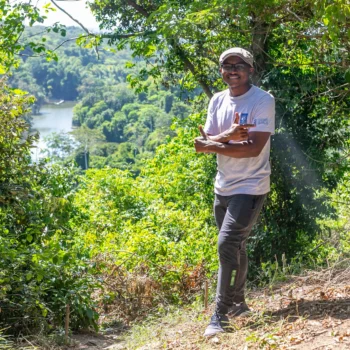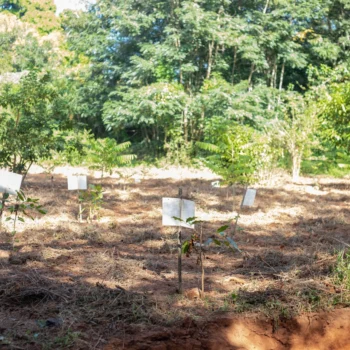Pugu Kazimzumbwi Nature Forest Reserve
Pugu Kazimzumbwi Nature Forest Reserve lets you see all of Dar es Salaam from its peak, Msolo Peak. The reserve gets its name from the native Mpugupugu (milletia puguensis) tree. It covers 12,015 hectares (120.1 sq. km) and is one of the oldest lowland coastal forests in Tanzania. Nature lovers, like me, should not miss this spot. It sits in the Pwani region, just 12 kilometers southwest of Dar es Salaam and has many plants and animals.
The reserve is known for its rich mix of life forms. This has led to many spots that draw tourists. Guests can walk through the thick forest with its many plant types. They can also see tall bamboo stands. The Minaki dam is a hit with guests, along with bat caves and places to view the city. Some local groups still come to Pugu for sacred trips and prayer. If you’re lucky, you might find their worship tools or meet these groups at the caves. But it’s key to follow what your guide tells you when you meet them.
The full hike at Pugu is about 8km. With the steep hills and nature stops, it takes over two hours to reach the city view (Msolo Peak) at the end of the hike. From Msolo Peak, you can see all of Dar es Salaam and spot all the key sites in the city. Going down is not as hard as going up. With the new stairs, the hike should be smoother than before.
Interesting Facts About Pugu Kazimzumbwi Nature Forest
- The name Pugu comes from one of the most common trees in the reserve. Its science name is milletia puguensis or Mpugupugu in Swahili.
- From the reserve’s highest spot, Msolo Peak, you can see all of Dar es Salaam.
- Pugu Kazimzumbwi Nature Forest Reserve is what’s left of Tanzania’s oldest coastal forests.
How to Get There
The reserve is about 12km southwest of Dar es Salaam. You can reach it on a paved road from the city. The road goes past Julius Nyerere Airport and links to other places like Nyerere National Park (once called Selous National Park). Across from the reserve gate is a school called Minaki, the third oldest high school in Tanzania after Tabora schools and St. Mary’s.
My trip to Pugu was part of an office event for World Environment Day. For tips on how to travel while working full-time, check here.
